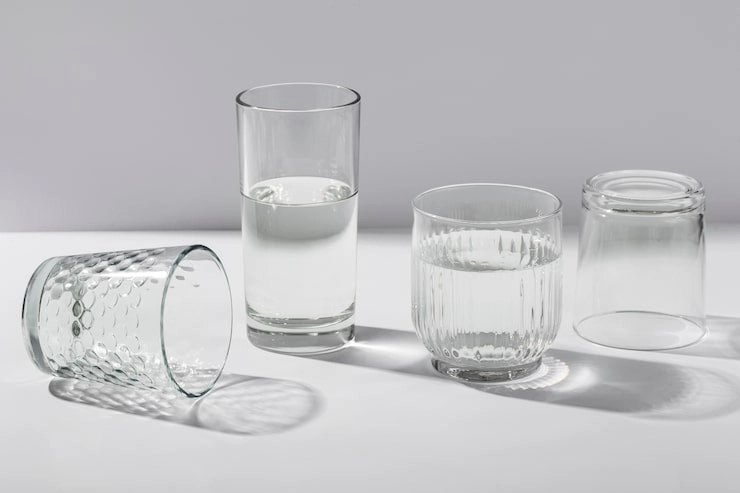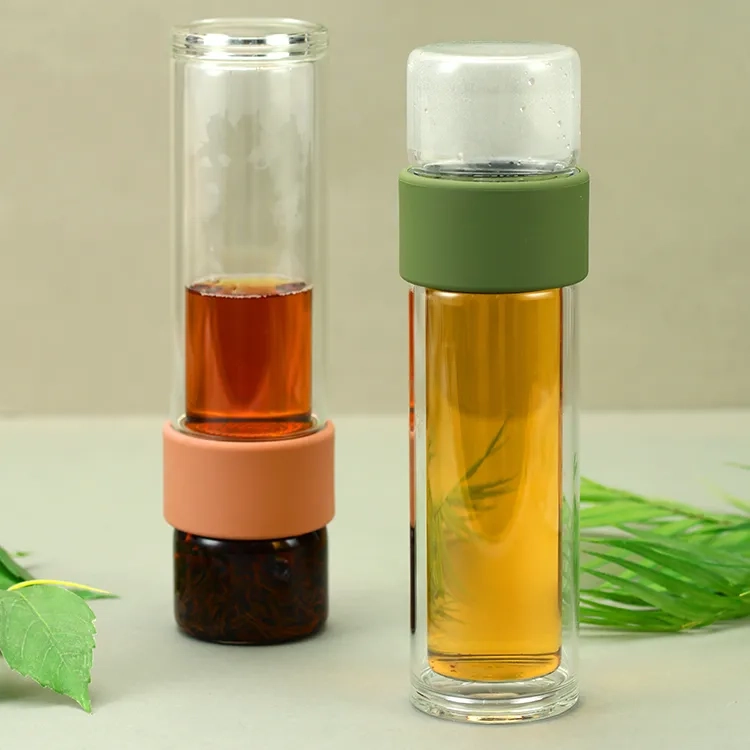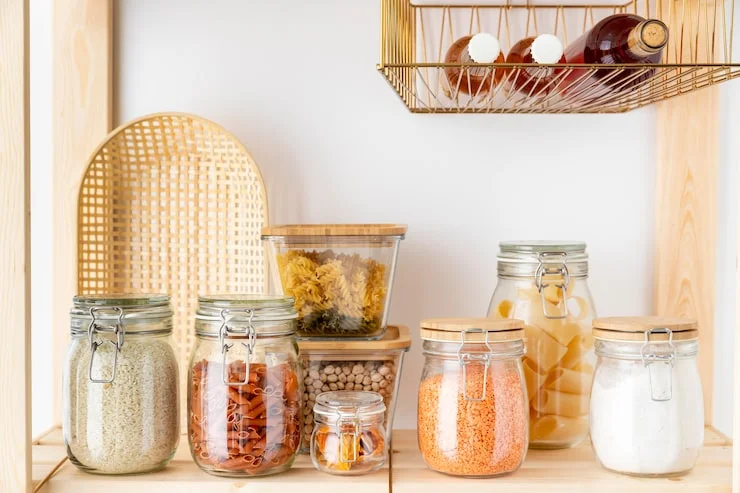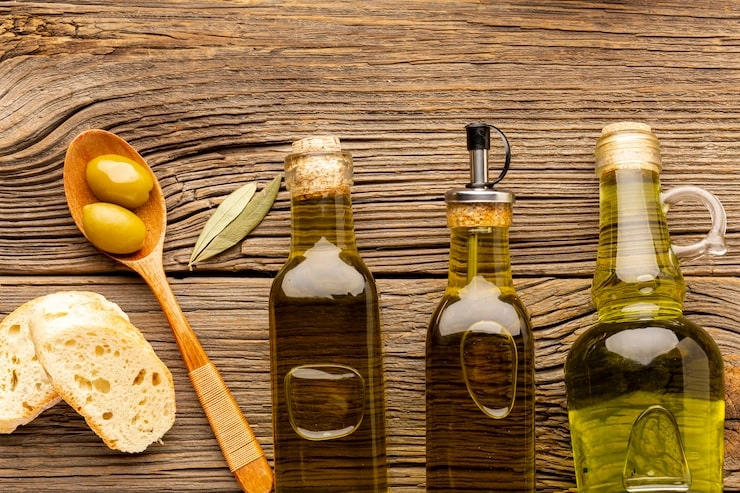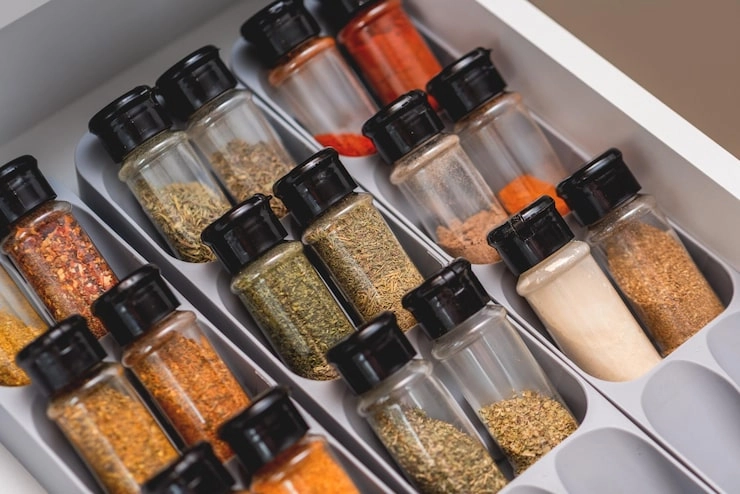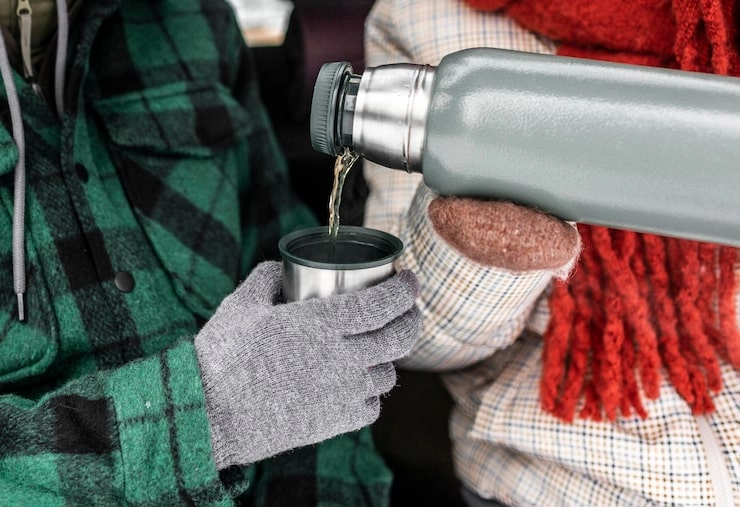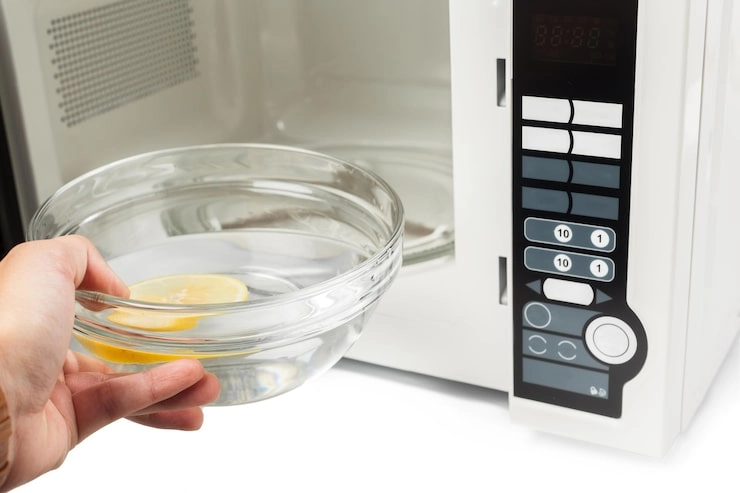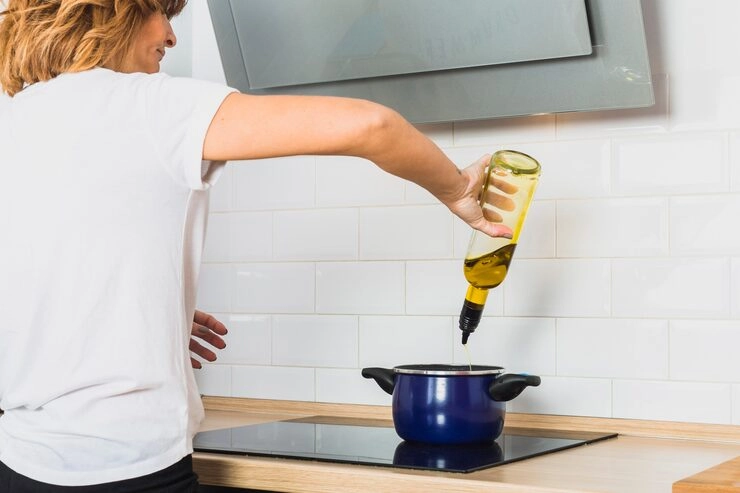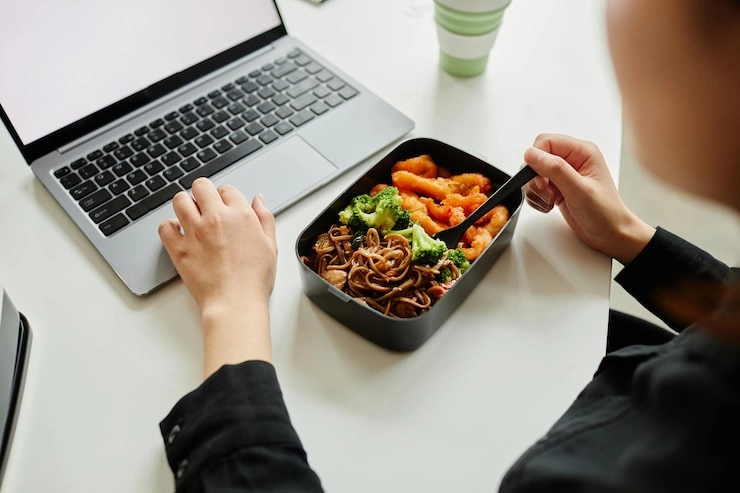High borosilicate glass is an awesome material, loved for its amazing ability to handle scorching heat and harsh chemicals. People call it “lab-quality” or “heat-tough” glass because it’s loaded with silica and boron trioxide, which make it super strong and adaptable. You’ll spot it all over—busy home kitchens, high-tech labs, you name it. It doesn’t flinch when temperatures swing fast, so it’s perfect for stuff like teapots, food containers, and drinking mugs. If you’re on the hunt for products that are safe, eco-friendly, and built to last, this glass is totally worth checking out.
Composition and Properties
This glass is a unique blend. It’s got silica, boron trioxide, sodium oxide, and a dash of aluminum oxide. The real MVP here is boron trioxide. It drastically cuts down how much the glass expands when heated. That’s a big deal. It also makes the glass super tough against acids, alkalis, and other nasty stuff. So, whether you’re cooking or running experiments, it’s a solid choice.
It can take blazing heat—up to 400°C, no sweat. Plus, it handles quick temperature switches like a champ. Pull it from the fridge and pop it in the oven? No problem. Unlike standard soda-lime glass, it’s sturdier, resists scratches better, and can survive minor bumps without shattering. Pretty impressive, right?
Advantages of High Borosilicate Glass
This glass brings a lot to the table. Here’s why it shines:
- Handles Wild Temperature Swings: Its low expansion rate means it stays cool under pressure. Move it from freezing to boiling without fear of cracks. Most glasses can’t do that.
- Chemically Chill: It’s totally inert. No leaching weird chemicals or picking up funky flavors. That’s why it’s a safe bet for food and drinks.
- Light but Tough: Strong as it is, it’s not heavy. You can easily carry it around without worrying it’ll break at the slightest knock.
- Green Vibes: It’s 100% recyclable and doesn’t lose its mojo in the process. For eco-conscious folks, that’s a major win.
Common Applications
This stuff is everywhere, and for good reason. It’s super adaptable.
Kitchen and Drinkware: People love it for everyday items. It’s safe, tough, and looks sharp. Take teapots, for example. You can pour in boiling water, and they won’t flinch or mess with the tea’s taste. Portable tea makers are a hit, too. They often have double walls to keep heat in, plus a spot for loose tea leaves, so you can brew on the go.
Reusable water bottles? Yup, they’re often made from this glass, paired with a grippy silicone sleeve and a stainless steel cap. They’re sleek, eco-friendly, and way better than plastic.
Lab Equipment: Its no-drama, non-reactive nature makes it perfect for science gear. Think beakers, test tubes, and flasks that handle extreme conditions without breaking a sweat.
Lighting and Industrial Uses: Its crystal-clear look and heat resistance make it ideal for things like industrial light covers. It’s both practical and pretty.
Safety and Handling
This glass is a rock star when it comes to safety for food and drinks. Top-notch makers follow strict global standards, like the BRC for food safety. You can trust it won’t mess with your meal or beverage.
But, let’s be real—it’s still glass. Don’t go dropping it or smacking it against countertops. It’s great at handling thermal shock, but don’t push your luck with crazy temperature jumps unless the manufacturer gives the green light. Always peek at their instructions to play it safe.
Comparison with Other Materials
- Soda-Lime Glass: Regular glass isn’t as tough. It expands more when heated, so it cracks easily under sudden changes. This glass, though? It holds its own.
- Plastic: Sure, plastic’s convenient, but it can leach nasty stuff like BPA, especially when warmed up. This glass is totally inert—no risks there. Plus, it’s reusable for the long haul, unlike single-use plastics that pile up in landfills.
Supplier Spotlight: SinoGlass Group
Picking a solid supplier matters. SinoGlass Group, kicking around since 2000, is a big player in making household goodies from this glass.
They mix clever designs with smart, lean production across four factories. Quality’s their thing—they’ve got certifications like ISO9001 for quality control, ISO14001 for eco-friendliness, and BRC for food safety. Their hefty R&D team keeps things fresh, cranking out OEM/ODM products for markets in Europe, North America, and Asia-Pacific. Their focus? Cool kitchenware and sustainable drinkware that people love.
Conclusion
High borosilicate glass is a total game-changer. It’s tough, heat-proof, chemically stable, and kind to the planet. From teapots that shrug off boiling water to lab gear that handles serious science, it’s reliable and safe. By going with trusted suppliers who stick to high standards, you’re not just getting durable products—you’re signing up for a healthier, greener lifestyle.
FAQs
Q1: Why’s this glass awesome for hot drinks?
A: It doesn’t crack under heat. You can pour steaming-hot water into a teapot or mug and not worry about it breaking.
Q2: Can I toss this glass in the dishwasher?
A: Yup, usually. It’s tough enough to handle detergents and scrubbing. Still, double-check the maker’s advice to be sure.
Q3: Is it cool to microwave this glass?
A: Totally. If it’s free of metal parts, it’s great for reheating food or drinks. Its heat resistance makes it a microwave MVP.


